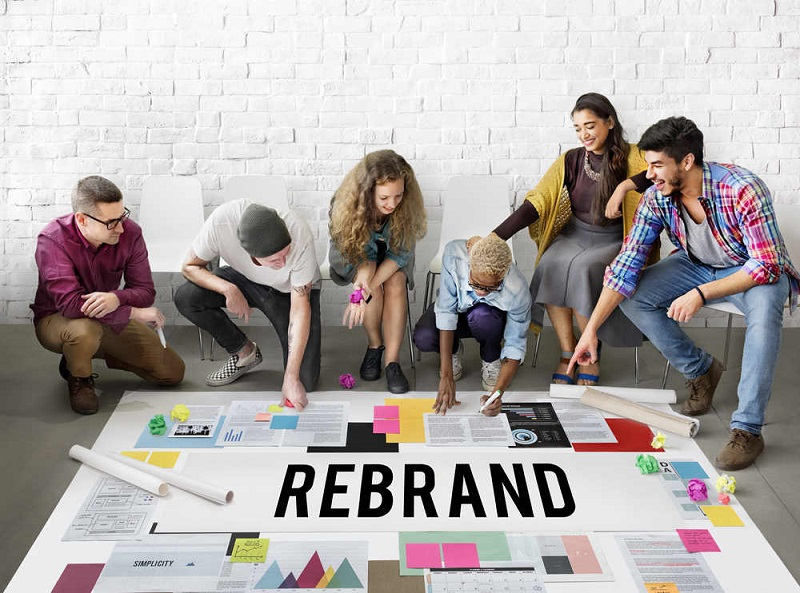Tips for Maximizing the Use of Portable Medical Privacy Screens
- Kate Westall
- Sep 8, 2025
- 5 min read
Are you struggling to protect the privacy of your patients within busy health settings? Privacy screens for portable devices are vital tools in making private and secure places within Australian health institutions. This guide will help you choose how to position, maintain staff, and educating them in order to make the most of medical privacy screens that are portable to provide better care for patients.

Understanding Portable Medical Privacy Screens
Components and Materials
Privacy screens for portable medical use can be moved that are constructed of sturdy frames (aluminium or steel) as well as panels made composed of solid or fabric. Fabric panels block out sound to provide security, and solid panels are simple to clean. Frames are made of robust, scratch-resistant, and durable finishes and hinges provide peace of mind and peaceful operation. High-quality portable privacy screens for medical use come with hospital-grade castors to ensure mobility.
Types in Australia
Single-panel portable privacy screens for patients (1.5-2m tall) fit small clinics. Multi-panel folding screens provide the flexibility of coverage to cover larger areas. The most popular options are lead-lined Xray screens, or ligature-resistant ones to protect mental health facilities. Pick mobile medical privacy screens depending on the facility's requirements.
Portability Features
Highly effective portable privacy screens designed for use in medical settings weigh a balanced weight to ensure stability as well as ease of use. The hospital-grade castors that lock can handle different floors. Folding models save space for storage. Linking systems link multiple screens, increasing the flexibility of bustling environments.
Choosing the Right Screen
Assessing Space and Flow
Plan your facility's layout in order for identifying privacy concerns. Emergency services require quick deployment of portable privacy screens to protect trauma rooms, and clinics need screens for areas for consultation. Consider patient demographics--elderly need stable screens, paediatrics benefit from colourful designs. Ensure portable medical privacy screens don't disrupt staff workflows.
Material Choices
Fabric portable privacy screens for medical use minimize noise, but need meticulous maintenance. Solid panels help in the fight against infection through quick and efficient disinfection. This is suitable for areas at risk. Make use of fabric in consultation rooms and solid panels for situations of emergency or infected areas to ensure the best sanitation.
Size Specifications
Privacy screens for medical use that are portable vary in size from 1.5m (seated consults) up to 2.1m (full security). The panels that are narrow (60-80cm) provide flexibility. bigger ones (100-120cm) offer more space but aren't as maneuverable. Make sure that you balance storage and coverage to ensure efficient use.
Strategic Placement
Emergency Departments
In emergency settings, portable medical privacy screens create flexible zones. Utilize angled positions to block views of waiting areas but still allow staff to see. Create "privacy pods" near triage, expandable for overflow. Designate safe areas to ensure that portable privacy screens for medical professionals aren't blocking emergency access routes.
Consultation Spaces
Utilize portable privacy screens for medical use with U-shapes to create temporary spaces for consultation, which will ensure security without restricting patients. Screens are angled to keep out drafts or light which improves your comfort. Floor markers that are pre-set are ideal for mobile privacy screens for medical use simplify reconfiguration of multi-purpose spaces.
Maintenance Protocols
Daily Cleaning
Then, dust the portable privacy screens for medical use regularly using microfibre towels. Utilize disinfectants that are hospital grade on the solid panels and wipe zones with the highest touch. Cleanse fabric screens using dust rollers or soft vacuums. Always follow the manufacturer's guidelines to prevent the risk of damage.
Deep Cleaning
The monthly deep cleans of mobile medical privacy screens include disassembling the screen to clean the wheels and hinges. Fabric covers can be cleaned in hot water, if allowed and using spare parts to ensure continued the operation. Record cleaning to ensure the compliance of Australian safety guidelines.
Improving Patient Experience
Creating Calm Spaces
Privacy screens for medical use that are portable. They help reduce the stress of sensory overload by using natural tones or designs inspired by nature and help to calm patients. Set screens up to block bright light or busy corridors creating calm zones that boost the quality of life for patients.
Supporting Dignity
Privacy screens for portable medical devices provide privacy during exams and are essential to ensure patient satisfaction. They can accommodate the needs of different cultures as well as fostering trust, and promoting the future of seeking care, particularly in different communities.
Staff Training
Setup Techniques
Training staff for quick setting up of mobile privacy screens by using an "look, plan, move" approach to stay clear of obstructions. Use the commonly used designs (L-shape and U-shape) for efficiency. Storage of portable privacy screens for medical use in a flat, clear container with clearly labeled labels to maximize efficacy.
Safety Considerations
Avoid injuries by teaching the correct angle of the panel (<90 degrees) and locking of the wheel. Beware of pinch points on hinges, and look for obstructions such as IV lines prior to taking off mobile medical privacy screens. Ensure screens don't block monitoring sightlines.
Space Efficiency
Temporary Treatment Zones
Privacy screens for medical devices that portable convert waiting rooms into treatment areas in the event of surges. Find spaces that are not used, such as corridors that could be transformed, while ensuring the availability of power and air conditioning. Confirm configurations to ensure rapid deployment.
Flexible Configurations
Utilize linear, L-shape or U-shape designs with portable privacy screens to meet a variety of needs. Screens can be overlapping to serve multiple objectives, and maximize coverage by using less screens. Modular designs combine for group sessions, enhancing flexibility.
Cost-Effective Expansion
Budget Alternatives
Tension curtains are a great complement to mobile privacy screens designed for use by medical professionals in high-risk locations which can save you money. Curtains on ceiling tracks minimize wear on screens. Join forces with companies to make bulk purchases of portable privacy screens for medical use to get savings.
ROI Calculation
Good quality portable privacy screens are more durable, which reduces expenses for replacement. It's easier to move and the fewer breaches of privacy boost effectiveness. The lower risk of liability is a reason to make greater initial investment.
Avoiding Mistakes
Blocking Exits
Don't set up mobile privacy screens for medical use close to emergency exits or other equipment that violate the safety rules. Label "no-go zones" and audit locations to make sure that there is easy access for the crash team.
Neglecting Maintenance
Examine the privacy screens for medical devices every month for signs of wear. Repair damaged or loose wheels quickly to prevent costly replacements. Screen champions should be assigned to ensure regular maintenance.
Future-Proofing
Emerging Technologies
Smart medical privacy screens that are portable that have sensors as well as UV sterilization reduces the risk. Digital screens display patient info or calming visuals, enhancing functionality. The use of sustainable materials can extend the lifespan of products and are in line with the goals of healthcare.
Regulatory Compliance
Pick mobile privacy screens for medical use which exceed the current standards to ensure that you are in compliance with changing Australian requirements. Collaborate with suppliers on the latest compliance information, and avoid costly updates. Record usage of the system for regulatory audits.
Maximizing Impact
Privacy screens for portable devices are essential for maintaining respect for the dignity of patients and their conformity. Pick screens that match your institution's requirements, place them in a strategic manner and keep them maintained. Make sure that staff are trained for effective, secure usage. When you treat the portable privacy screens as active tools in care that improve patient care as well as streamline your operations. make sure your investment is secure for a long-lasting effect.









Comments